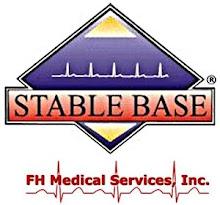When it comes to keeping a healthy heart there is many ways to go about it, but not everyone is successful at keeping a healthy heart. This is why the necessary testing has been made available to the economy. One testing is of course the ECG testing. With these tests you’ll finally have the ability to monitor your hearts electrical activity and an ECG technician or physician will be able to explain to you what is going on with your heart, whether there are problems or not.
There are many different heart diseases out there that could really affect a person’s life and having the ability to know what is going on is beneficial to anyone. Your heart is your life and without it you won’t live. This is why testing and diagnosis options have been made available in the medical field. People need to be able to determine what is going on with their heart and whether there are any complications. When you can make note of complications occurring there is more likely the chance to fix them before they are even worse.
With a little help from the ECG electrodes a physician or ECG technician will have the ability to explain to the person going through the testing what exactly is affecting their health. There are many different things that could affect a person’s health and heart, and with the help from ECG testing it could help minimize the amount of questions of what is going on. Your heart could be the route of the problem or it could just be apart of the problem. The testing will help determine the severance of the heart within the problem and if there is any way that things can be fixed. Testing takes time and diagnosis even longer with the amount of health ailments out there so be prepared to do a little waiting for the final results.




